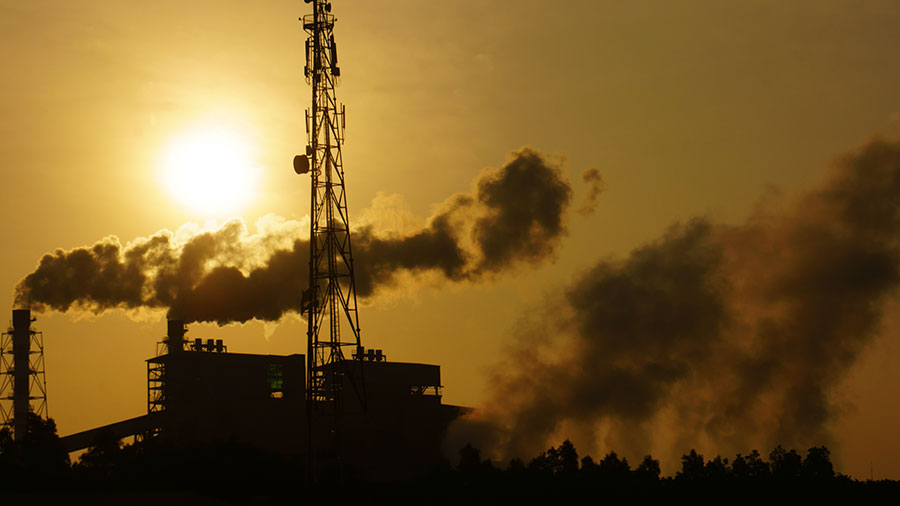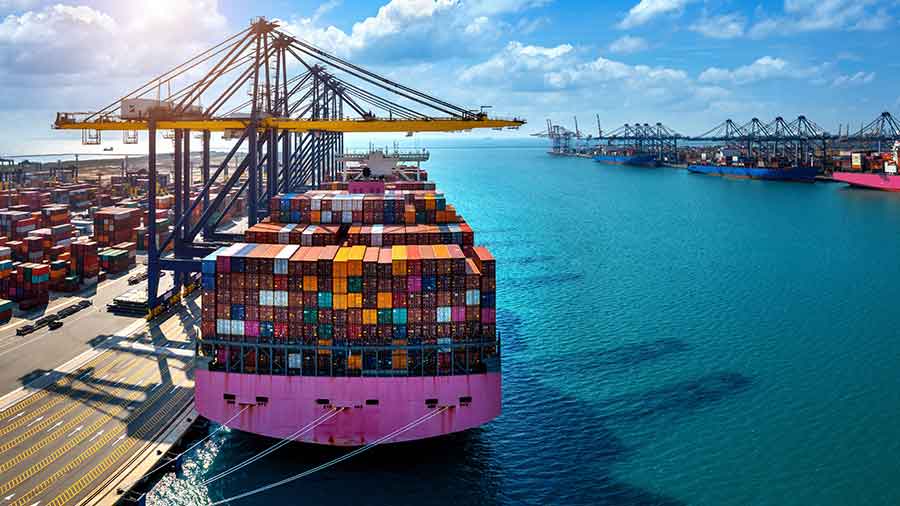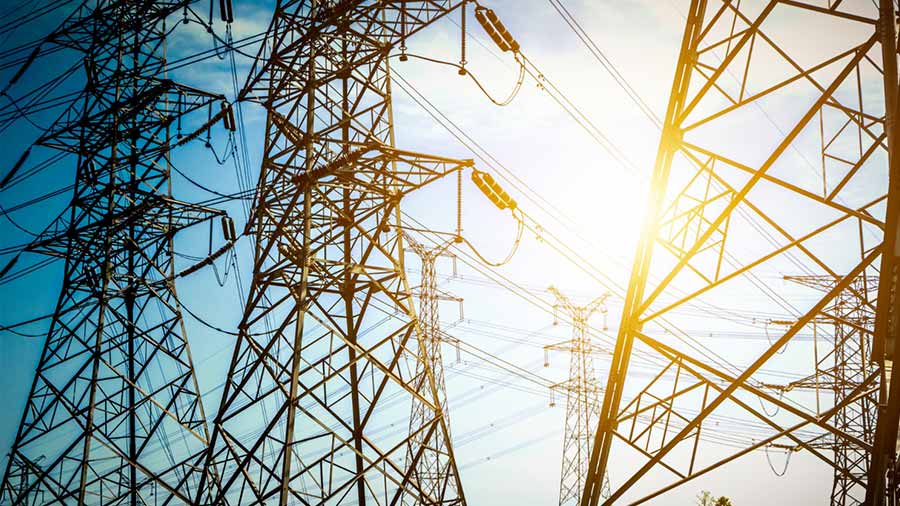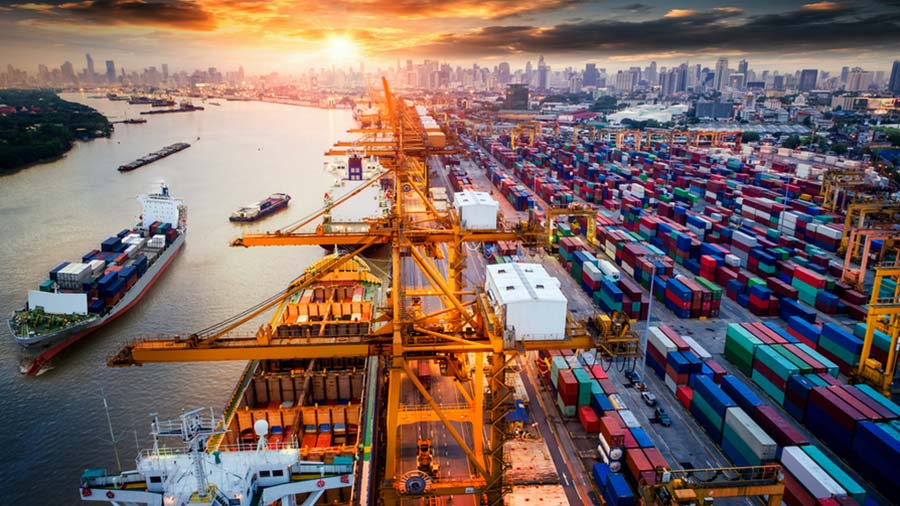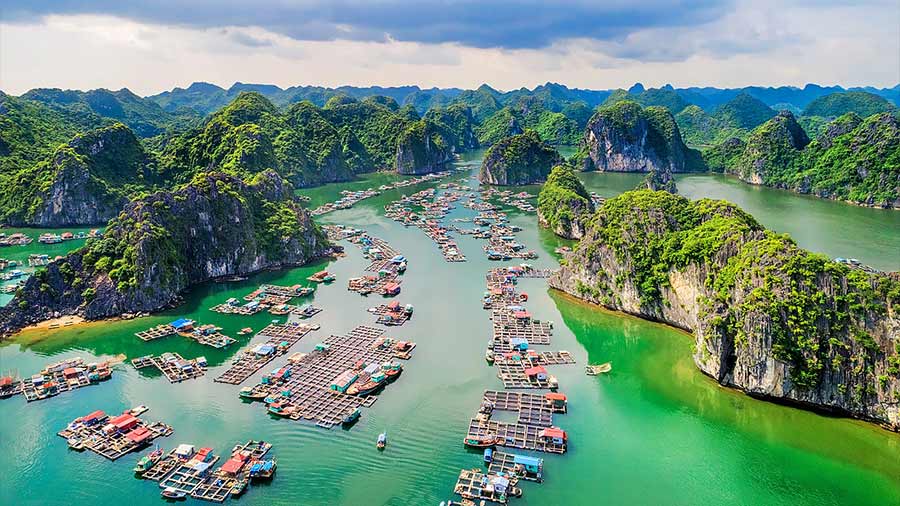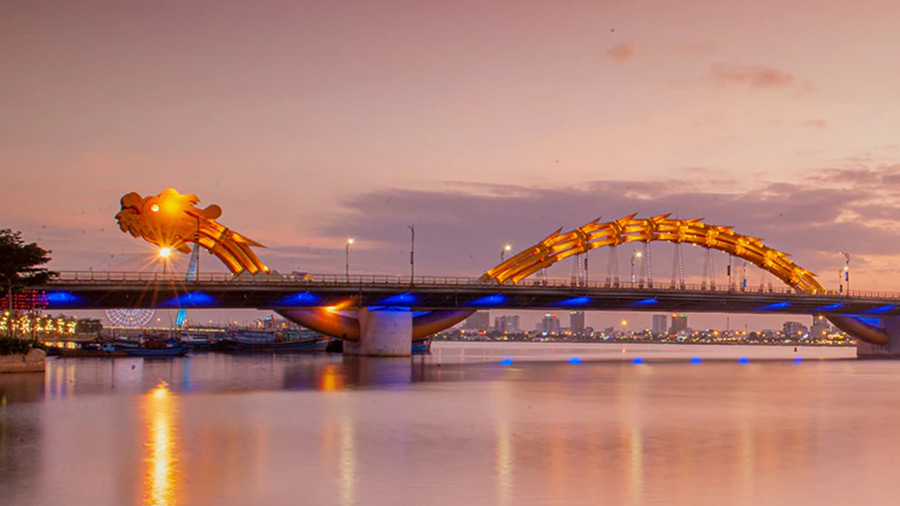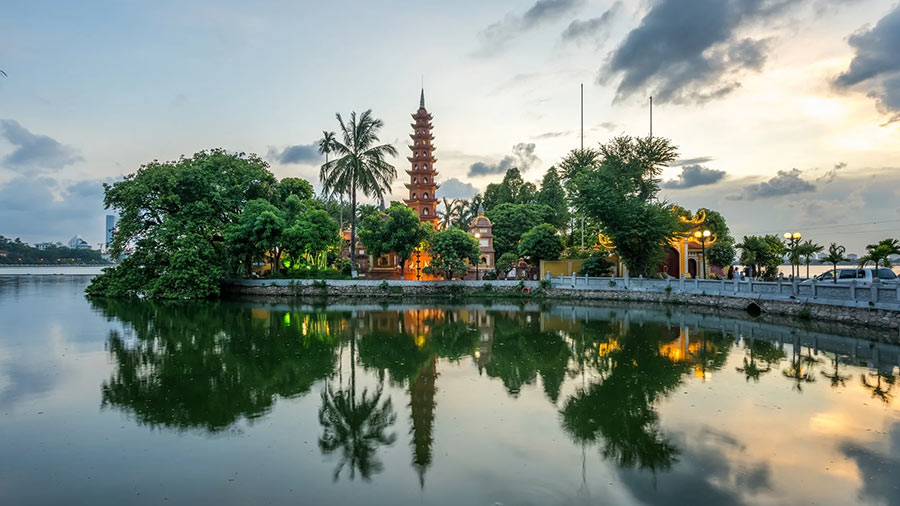Ho Chi Minh City or HCMC is a key economic hub located in the heart of the southern region of Vietnam. With its strategic position and an abundant workforce, HCMC, formerly Saigon, features among the most dynamic metropolitan cities in Southeast Asia. Vietnam is a prominent China+1 location and foreign know-how and capital is being actively encouraged by the government to support advanced infrastructure and industrial development and innovation. Vietnam Briefing provides an overview of HCMC and profiles its infrastructure and key industries attracting policy support and offering business opportunities for foreign enterprises.
Ho Chi Minh City (HCMC), also known as Saigon, is Vietnam’s most dynamic metropolitan area. The city is Vietnam’s center of economy, culture, science, and technology; an intersection where different cultures cross; and a strategic political point of the country.
Vietnam’s HCMC was the world’s third most dynamic in 2020, after India’s Hyderabad and Bangalore as per JLL's City Momentum Index. The city is praised for its diversified demographic background and export-driven economy, making HCMC an attractive destination for FDI. In 2022, it received over US$3.94 billion in FDI.
Despite outstanding economic growth, HCMC surprisingly ranked low on the 2022 Provincial Governance and Public Administration Performance Index (PAPI) . The metropolis itself scored Weighted PAPI Score of slightly over 42 points, compared to the top place taken by Quang Ninh at 50.41 and Binh Duong province at 50.23.
Key findings - the 2022 Provincial Governance and Public Administration Performance Index
| 2021 | 2022 | |
|---|---|---|
| Participation at Local Levels | 4.06 | 4.57 |
| Transparency | 4.99 | 4.87 |
| Vertical Accountability | 4.32 | 4.3 |
| Control of Corruption | 6.33 | 6.32 |
| Public Administrative Procedures | 6.9 | 7.15 |
| Public Service Delivery | 7.75 | 7.52 |
| Environmental Governance | 2.9 | 2.97 |
| E-Governance | 3.43 | 3.32 |
Source: PAPI
Meanwhile, it is also worth looking at the Provincial Competitiveness Index (PCI), which measures the business and regulatory environment in Vietnam. HCMC remained 14 out of 63 in 2021 at 67.50 points, marking its third consecutive year in the same ranking. Most of the categories on the index saw slight growth but remained at an average level of 5-7 points.
HCMC Provincial Competitiveness Index scores 2018 to 2022
| Year | 2022 | 2021 | 2020 | 2019 | 2018 |
| Entry Costs | 6.82 | 6.16 | 6.81 | 7.24 | 7.31 |
| Access to land | 6.45 | 6.98 | 6.66 | 6.35 | 5.43 |
| Transparency | 6.12 | 5.45 | 5.68 | 6.79 | 6.28 |
| Time Costs | 7.78 | 7.58 | 8.04 | 6.88 | 7.04 |
| Informal Charges | 6.24 | 6.38 | 6.71 | 5.60 | 5.50 |
| Policy Bias | 6.63 | 6.09 | 6.69 | 5.74 | 5.71 |
| Proactivity | 6.07 | 6.22 | 6.07 | 5.57 | 5.45 |
| Business Support Policy | 7.04 | 8.54 | 6.55 | 7.39 | 7.64 |
| Labor Policy | 6.43 | 6.71 | 7.12 | 7.30 | 6.98 |
| Law & Order | 6.96 | 6.39 | 6.35 | 5.39 | 5.10 |
| PCI Scores | 65.86 | 67.50 | 65.70 | 67.16 | 65.34 |
| Ranking | 27 | 14 | 14 | 14 | 10 |
Source: PCI Vietnam
Economy-wise, HCMC shows immense growth potential in four key industries: mechanical and automation; electronic and IT; chemical products; and food processing. The city is home to Saigon port, a type-I port, which serves as a pivotal gateway for Vietnam’s international trading and maritime transportation, and the Tan Son Nhat airport, which is among the five biggest international airports in the country.
Vietnam Briefing summarizes the current infrastructure and the four key industries in HCMC.
Infrastructure: Current situation and challenges
HCMC is a strategic political and economic hub of Vietnam as it houses an international airport and Saigon Port. However, the airport has been operating well over capacity while plans for adding another terminal have yet to be implemented.
To address this, the government has started the construction of Long Thanh International airport, in Dong Nai – a neighboring province of HCMC. The opening of the new airport is scheduled for September 2025 and will be the largest international airport in the country when completed.
While the initial purpose of Long Thanh airport is to replace Tan Son Nhat, the latest developments from the government indicate that operations at Tan Son Nhat will continue but as a supporting airport to Long Thanh. Thailand’s Bangkok follows a similar model where Don Mueang Airport serves mainly domestic and low-cost flights and helps prevent the main Suvarnabhumi International Airport from overcrowding.
The transportation infrastructure in HCMC has also not been able to keep up with its rapid pace of growth. The construction of the first metro line in the city, initiated in 2012, has been repeatedly delayed. As of May, the deadline for completion of the project was pushed to the end of 2023.
HCMC is also infamous for traffic congestion, especially post-pandemic. During rush hours early morning and late into the afternoon, vehicles are seen moving inch by inch and a distance of 1 km can take up to 20 to 30 minutes on busy streets. There has yet to be any clear plan from city authorities on addressing the issue.
The drainage system of the city has recently been under discussion in the past few months due to serious flooding. During the months of heavy rain, the city has been severely flooded, adversely affecting the quality of life and safety concerns. Although the city announced a total of three anti-flooding projects, none of them have been completed or put into operation. The tardy implementation of flood protection projects has been a factor of chaos for the city itself.
Mechanical and automation industry
The automation and mechanical industries are the backbones of economic development for HCMC. Automation has transformed key regional industries, including food processing, electronics, and textiles. Since the adoption of automation, these industries have witnessed growth rates between 11 percent and 35 percent annually.
HCMC is reputed for its skilled workforce in the mechanical and automation industries. The city especially prioritizes financial and technical support for universities and training departments of mechanical engineering.
The People’s Committee of HCMC recently issued a support program for the development of mechanical/automation enterprises for the 2020-2030 period. The program promotes the following missions:
- Identifying the list of key and potential products in the mechanical/automation sector;
- Eyeing private investment in the industry;
- Developing a skilled workforce, especially highly skilled engineers, through investments in universities and training institutions;
- Plans for stimulating demand;
- Credit incentives for businesses to access greater capital sources, fueling technology advancement; and
- Preferential land rental policies.
Recently there has also been support by multinational companies in the automation industry for telecom companies and universities in Vietnam. Siemens—Germany’s biggest industrial equipment manufacturer—has partnered with Vietnamese telecom companies VNPT, FPT, and Vingroup to implement technology transfer while sponsoring the laboratory of HCMC University of Technology and Education. Meanwhile, Mitsubishi—Japan’s prominent automobile manufacturer—has funded the upgradation of the Industrial University of HCMC laboratories.
Electronic and IT industry
In May 2022, HCMC issued the Science and Technology Research and Development Program for the 2021-2025 period. The program aims to accelerate technology transfer to facilitate the development of a smart city. Mr. Dung, the president of HCMC Department of Science and Technology, urged businesses of all fields to implement digital transformation in production and management while assuring that HCMC will financially assist IT businesses in R&D. It is estimated that the program will provide around US$34 million to support research in IT, of which US$30 million will be sourced from the state budget.
HCMC is also a hot spot for electronics manufacturing, especially for foreign players. Currently, up to 90 percent of the export turnover of electronics of HCMC is from FDI enterprises while domestic manufacturers are mainly involved in assembling simple components. This indicates a rather low level of sophistication in the industry and a lack of orientation for manufacturers in the city.
In the 2020-2025 period, the emphasis is placed on scaling up the production of computer parts and telecommunication devices. By 2025, the city eyes upgrades to its manufacturing technologies to reach world-class sophistication in three major products: hardware, software, and digital content.
Chemical industry
The chemical industry provides input materials for other industries and holds significance in maintaining the supply chain of HCMC. To this end, the government issued Decision No. 726/QD-TTg in June 2022 on the development strategy of the chemical industry by 2030.
However, HCMC’s chemical industry is not without challenges. Regarding the pharmaceutical segment, most manufacturers in the city still depend on raw materials from India and China. Besides, according to the HCMC Department of Health, there are currently 31 GMP-qualified pharmaceutical manufacturers, but they mainly produce medicines that are no longer under drug patents.
In response to the current situation, in 2021, the HCMC Department of Health issued the Development Strategy of the Pharmaceutical industry for the 2020-2025 period to promote the manufacturing of more specialized and patented drugs, and independence in input supplies.
Meanwhile, the city also recognizes the importance of state divestment from the chemical industry. HCMC has encouraged private investments, especially foreign direct investment (FDI), through land rental reductions, preferential tax rates, and credit incentives for businesses in the industry.
Food processing industry
Industrial food production is among the four key industries that HCMC prioritizes.
Last year, the People’s Committee of HCMC issued a development program to support businesses in the food industry for the 2020-2030 period. The program aims to reach a growth rate of 7 percent while creating a more favorable playground for both domestic and foreign food companies in the city.
The program includes:
- Training skilled human resources for the food industry;
- Supporting businesses in introducing their products to domestic and foreign markets through trade fairs; and
- Supporting food companies in digital transformation in production by technical and financial aid.
Despite positive signs, the food industry of HCMC still encounters major problems. Costs of raw materials for animal feed imported from Russia and Ukraine surged last year while logistics costs also added to increasing costs that negatively affected the bottom lines of many food processing businesses.
Another challenge to watch is the fierce competition from Indian and Thailand food producers. Food businesses in HCMC are now being encouraged to quickly digitally transform their operations to catch up with foreign competitors, in turn opening prospects for collaboration and investment partnerships with foreign stakeholders.
Summary
HCMC is rising as an economic hub of the ASEAN region, presenting evident growth potential. With a host of industrial parks, attractive investment incentives, and a massive workforce, HCMC is a prominent destination for investors looking to diversify their production out of China amid US-China trade tensions.
This article was first published October 4, 2022. It was last updated August 24, 2023.

